 Basil is one of the most widely used herbs; cultivated as a culinary herb, condiment, or spice, it adds delicious flavor to dishes of many countries. The green aromatic leaves are used in salads and can be used fresh or dried to add flavors or spices in stews, with vegetable, poultry, meat, vinegars, pesto and pasta dishes.There are many varieties, sweet basil one of the most prominently used. Basil flourishes in warm climates, and require full sun and well-drained soil. Basil is very susceptible to frost and cold-temperature injury. I am told it can be grown indoors near a sunny window during the winter months, but to my great annoyance, I haven’t been able to successfully master this art. Cuttings in a jar of water should grow roots very easily (I'm told).
Basil is one of the most widely used herbs; cultivated as a culinary herb, condiment, or spice, it adds delicious flavor to dishes of many countries. The green aromatic leaves are used in salads and can be used fresh or dried to add flavors or spices in stews, with vegetable, poultry, meat, vinegars, pesto and pasta dishes.There are many varieties, sweet basil one of the most prominently used. Basil flourishes in warm climates, and require full sun and well-drained soil. Basil is very susceptible to frost and cold-temperature injury. I am told it can be grown indoors near a sunny window during the winter months, but to my great annoyance, I haven’t been able to successfully master this art. Cuttings in a jar of water should grow roots very easily (I'm told).
Aside from its culinary use, basils have medicinal uses. Basils have been known to treat headaches, coughs, diarrhea, constipation, stomach aches, worms, warts and kidney malfunctions.
Since the evenings have been cooling off, we decided we had better think of a way to use the beautiful lush green leaves before frost withered the large plants. Since we had an abundant crop of the herb, we decided to have a basil party and combine our efforts to make massive batches of pesto. When we tired of processing the herb into pesto, I saved the remainder for drying.
Here is a simple recipe. Note that pesto is always made to taste, based on the ingredients at hand. So adjust the ingredients to your taste. Most pesto recipes call for Parmesan cheese; we often use Romano which has a stronger flavor. Most basil pesto recipes call for pine nuts but you can easily substitute walnuts.
If you want to freeze the pesto you make, omit the cheese (it doesn't freeze well). Line an ice cube tray with plastic wrap, and fill each pocket with the pesto. Freeze and then remove from the ice tray and store in a freezer bag. When you want to use, defrost and add in grated Parmesan or Romano.
Fresh Basil Pesto Recipe
Ingredients
· 2 cups fresh basil leaves, packed
· 1/2 cup freshly grated Parmesan-Reggiano or Romano cheese
· 1/2 cup extra virgin olive oil
· 1/3 cup pine nuts or walnuts
· 3 medium sized garlic cloves, minced
· Salt and freshly ground black pepper to taste
1) Combine the basil in with the pine nuts, pulse a few times in a food processor. (If you are using walnuts instead of pine nuts and they are not already chopped, pulse them a few times first, before adding the basil.) Add the garlic, pulse a few times more.
2) Slowly add the olive oil in a constant stream while the food processor is on. Stop to scrape down the sides of the food processor with a rubber spatula. Add the grated cheese and pulse again until blended. Add a pinch of salt and freshly ground black pepper to taste.
Makes 1 cup.
Serve with pasta, on pizza, or over baked potatoes, or spread over toasted baguette slices.
























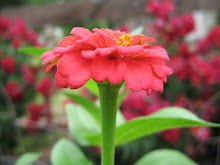
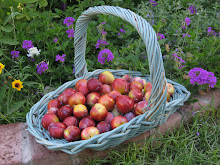
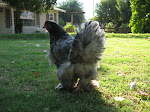
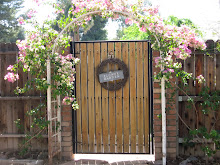






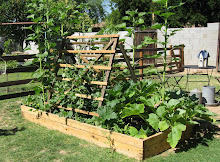


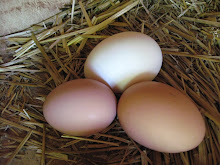
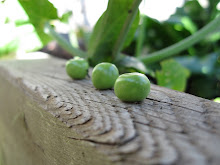
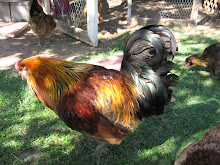
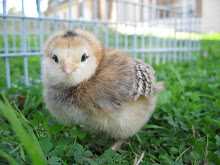
.jpg)











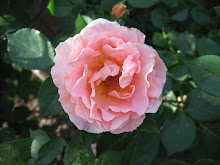


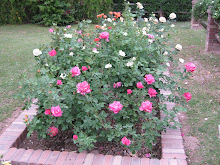
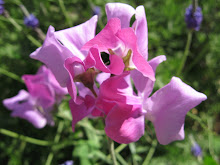
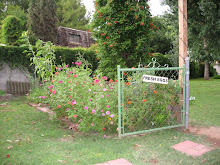

2 comments:
Yum! That looks great. I have so much basil I am going to try this recipe. Thanks!
Oh yum! I'm going to have to give this a try!
Post a Comment